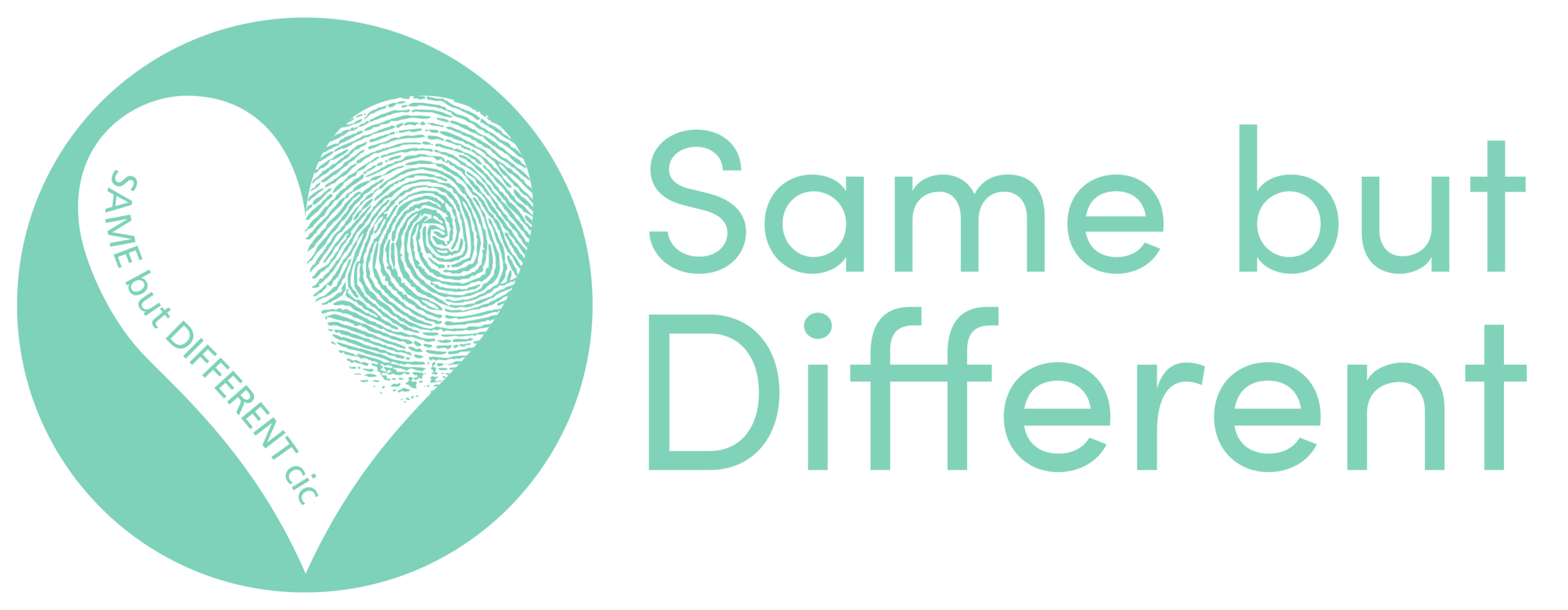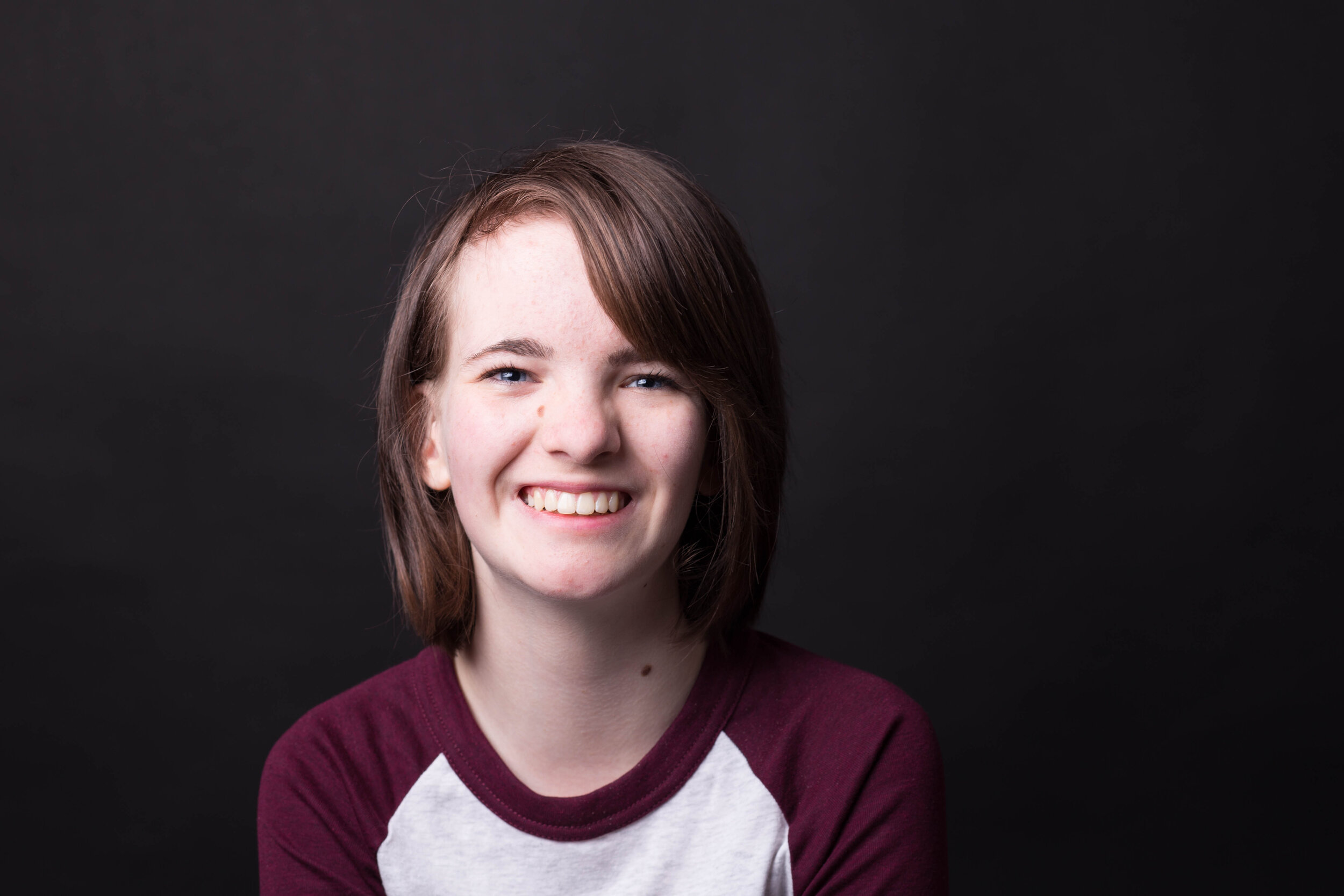EMILY
“Silver-Russel is not something we will allow to dominate our lives and it is just part of what makes Emily the person she is today”.
Not all rare diseases are immediately obvious. When I first met Emily I could see that she was a bright, beautiful girl who was petite but in no way looked as though she had a disability. In some ways, this is what makes rare diseases so complex. Thinking there is something different about someone - but not knowing what or why - can lead to a constant need for that person to explain why they might be different. Dealing with curious looks or questions can be exhausting and for a teenager who just wants to fit in, it can be infuriating. It also means that people are not aware of the difficulties that someone experiences on a day to day basis or what their families have gone through.
Emily and her family have allowed us to share their experiences of having Silver-Russel syndrome.
“We knew there was an issue with Emily in utero and so I was closely monitored throughout the later stages of pregnancy. She was delivered at 34 weeks weighing 3 lbs 3 oz and whilst we knew there were issues we did not have a formal diagnosis until 6 months. At this stage we were told she had Silver-Russel syndrome.
Children with Silver-Russel syndrome often have severe feeding problems and are of low birth weight. They have distinctive features which include triangular shaped faces with a small jaw and pointed chin. They are prone to sweating a lot as babies and may have low blood sugar and there is usually a blue tinge to the whites of their eyes. There are a wide range of features that collectively lead to a diagnosis”.
“The fact Emily is petite with small hands and feet and low muscle tone means that she struggles with stamina and things like PE at school and people often comment on her size which can be frustrating for her. As she has got older life has become a bit easier and it is important for people to realise that things do change. There are some issues for Emily to be aware of in her adult life, however Russell Silver is not something we will allow to dominate our lives and it is just part of what makes Emily the person she is today.
We feel it is hugely important that families realise they are not on their own and there are organisations out there to support them. For us, the Child Growth Foundation was a huge help because you really do need to know there are others who have had the same experience. The Rare Project by Same but Different is also an excellent way for people to raise awareness of rare diseases”.
“At age 5, she was still being bottle fed and had to be fed little and often throughout the day”
“Emily's condition affected us the most when she was younger. The infant years were a constant cycle of milk feeds, reflux, constipation and blood sugar problems. At age 5 she was still being bottle fed and had to be fed little and often throughout the day. The knock on effect of this was the need to have all her baby teeth removed at 5 which was a huge psychological issue for us as parents. She was at school by then and it was a very dark time for me in particular. You worry about how your child will be accepted by their school friends and you want to protect them as much as possible”.
FIND OUT MORE
Silver-Russel Syndrome (SRS)
SRS is a very rare undergrowth condition affecting between 1 in 50,000 and 1 in 75,000 births each year and is characterised by slow growth during pregnancy and after birth. Following birth, babies with SRS will fail to gain wait at the normal rate (failure to thrive) and are likely to have a final height of around 151cm in males and 140cm in females. In most families, only one child has the condition, but very occasionally more than one affected child is born into the same family.
Children with SRS are likely to encounter a number of symptoms, however, not every child will experience all of these and the severity of each will be different. Along with the short stature many children with SRS will have physical facial features, including a small triangular face and prominent forehead. There is likely to be body asymmetry, uneven growth in some parts of the body and scoliosis (curvature of the spine).
Other symptoms can include severe feeding difficulties and gastrointestinal problems (digestive issues) and children with SRS are likely to have reduced appetites and can develop ongoing issues with low blood sugar. There is also an increased risk of motor and speech and language development problems and psychosocial difficulties with possible links to autistic spectrum disorders.
To learn more about Silver-Russel Syndrome and it’s treatments, click here.
Child Growth Foundation
The Child Growth Foundation (CGF) is a leading UK charity focusing on the support and management of rare growth conditions affecting children and adults. They have many parents and children who are members, as well as a large and active adult membership. Their mission, described on their website, is that:
“The UK has a system where all families affected by growth conditions can receive a clinical diagnosis and corresponding care plan, and no-one feels alone or isolated”.
As well as SRS, the Child Growth Foundation also offers support and advice for the following conditions and more; Bone Dysplasia, GHD/MPHD, IGF1 Deficiency, PSM, IUGR/SGA, SHOX, Sotos Syndrome and TBRS & Weaver Syndrome.
To find out more about the Child Growth Foundation and how they can support you and your family, click here.
You can meet other people who have taken part in the Rare Project by clicking here.
Don't forget to visit and 'Like' our Facebook page too so we can keep you up to date with our new rare stories by clicking here


